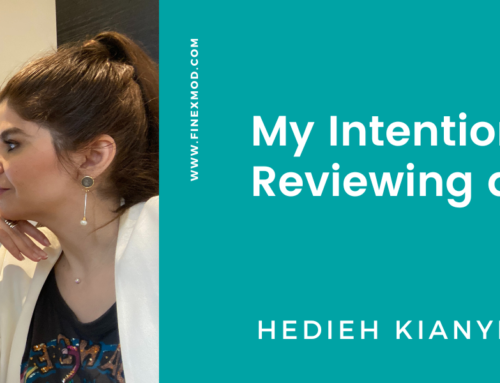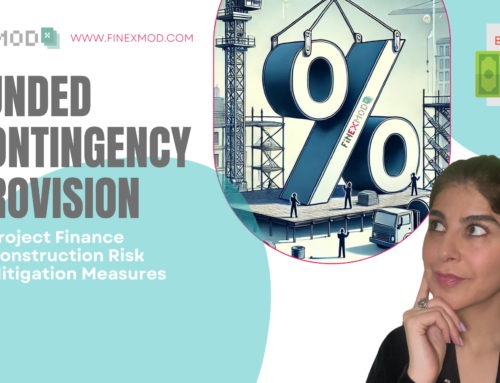Have you ever looked at an old financial model of yours and felt impressed by it? This happened to me today when an old project came back to me for restructuring. As I looked at the model, which dates back to 2018, I realized that it had stood the test of time and that others were able to make changes and tweaks to it. My initial reaction was one of admiration, but then I started to question where I stand today. If I’m impressed by something I did five years ago, does that mean I’ve been repeating myself for the past five years?
I’m sharing this internal conversation with you because I think it’s always a good time to reflect on yourself and examine your life balance sheet to see where you stand compared to previous years.
Let’s take a closer look at my life balance sheet. I’m examining my life as if it were a balance sheet, and I’m asking myself if my level of expertise in my assets is the same as it was five years ago. Upon closer inspection, I can credit myself for the work I’ve done on myself. I’ve published a book, an online training course, and frequently shared content on my YouTube and Eloquens channels. One thing that I’m particularly proud of is that I was able to implement Professor Edward Bodmer’s User Defined methodology in my project finance models. I used it for one project, and it worked extremely well.
For more on Professor Edward Bodmer’s Parallel model technique please check:
I’ve also added another category of assets to my balance sheet: soft skills. Over the past few years, I’ve learned how to value and invest in myself. I’ve come to understand that without my personal well-being, the other categories of assets in my life have little or no value. This understanding has been the driving force behind the increase in my profitability ratio.
However, everything I’ve shared with you so far is in the past and present. Looking forward, my forecast for the next year is to implement Professor Edward Bodmer’s parallel model across all of my project finance models and gain enough confidence and experience to make code changes and adjustments for different projects. I also want to publish more financial modeling templates for projects outside of the power sector and do more in-person training so that I can see people face-to-face.
In conclusion, reflecting on your progress over time is an essential part of personal and professional growth. I encourage you to take some time to look at your own life balance sheet and see where you stand compared to previous years. Are there areas where you would like to see more progress? Use this reflection to set goals and make a plan for the upcoming year. And if you have any insights or experiences you’d like to share, please leave a comment below. I would love to hear from you!


